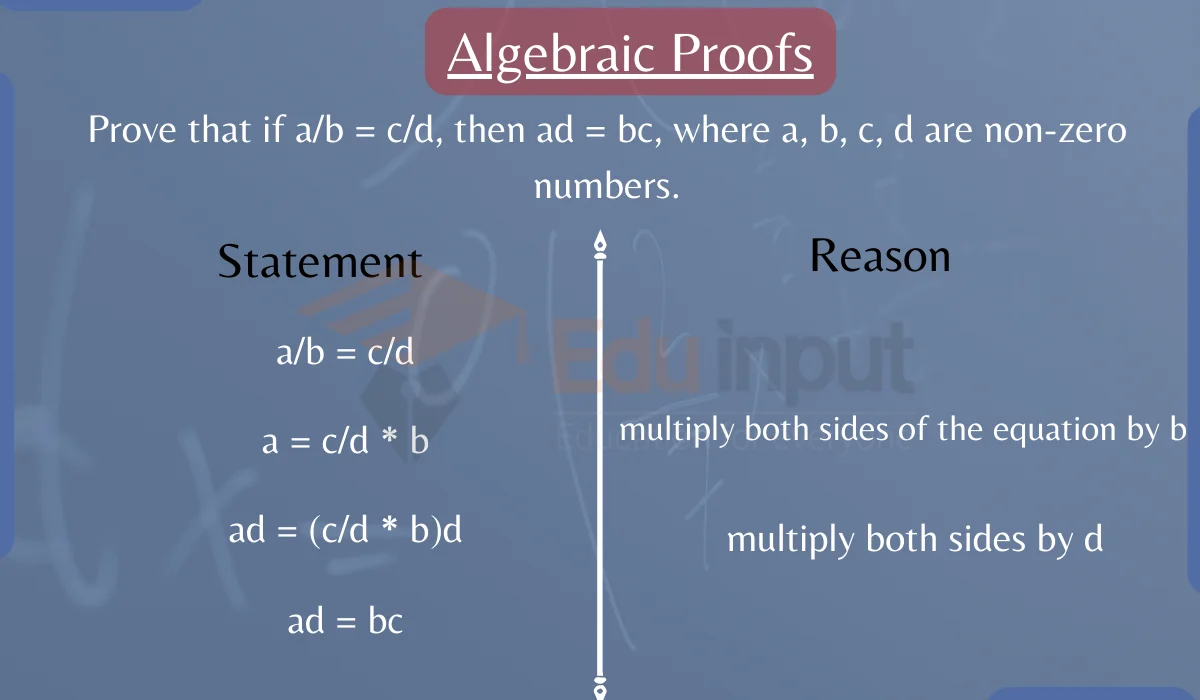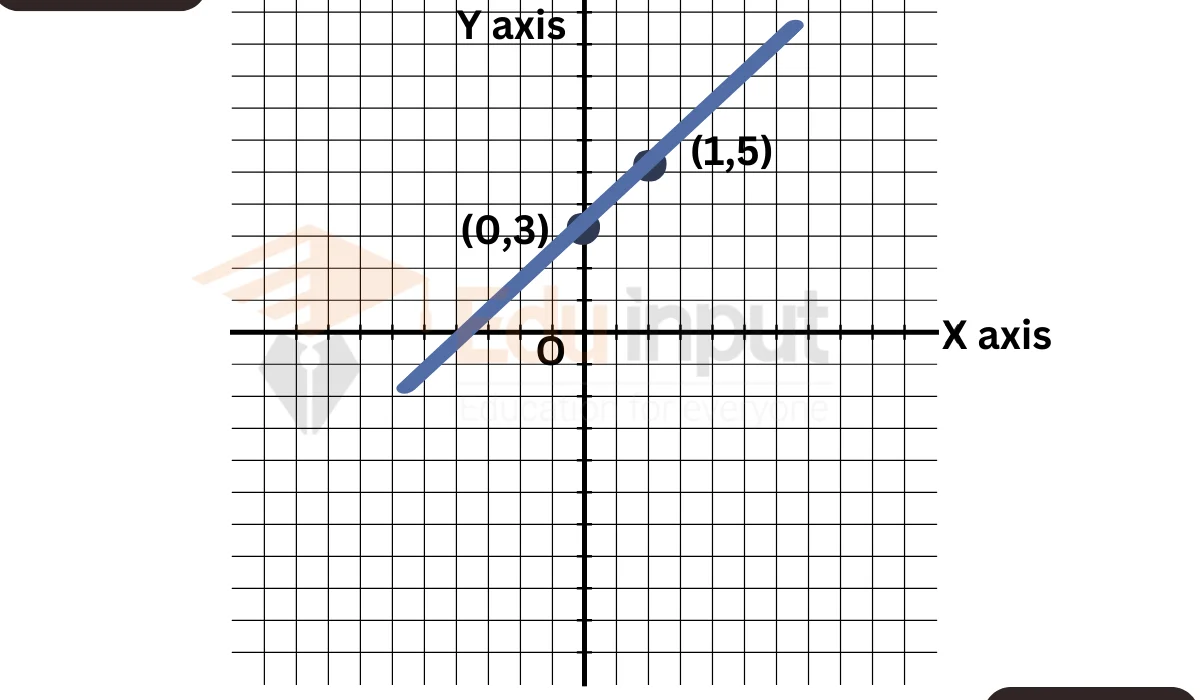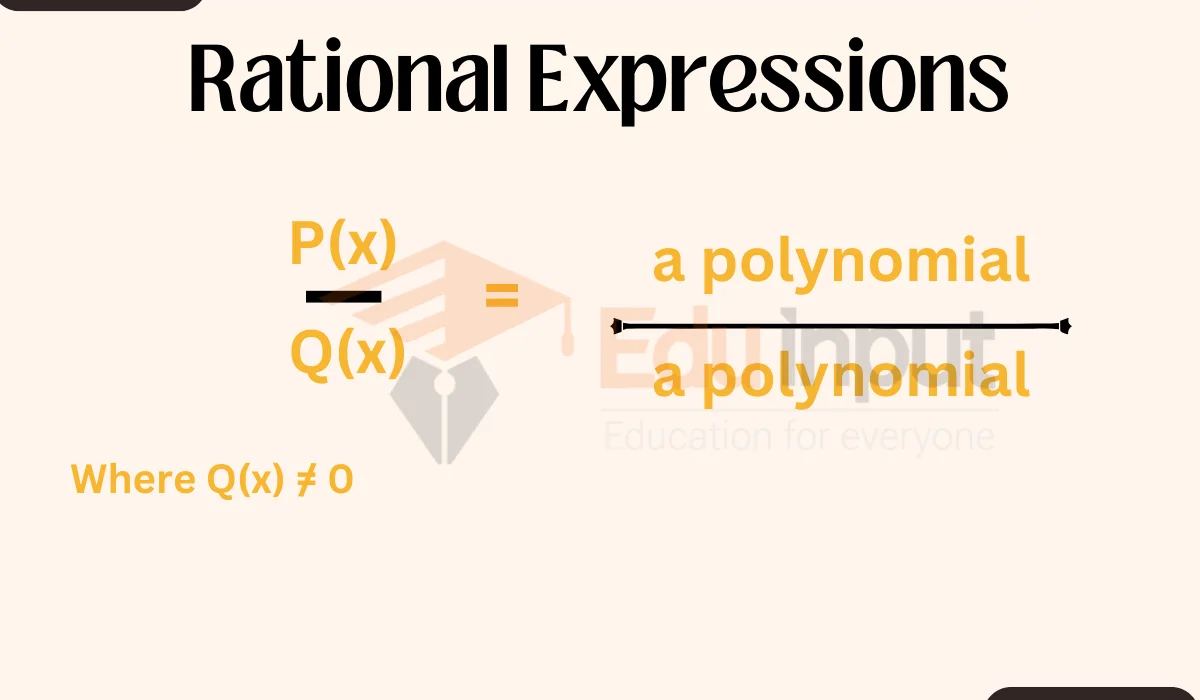Systems of Linear Equations: Basics and Methods
System of linear equations is a collection of two or more linear equations that need to be solved simultaneously. Solving a system of linear equations means finding the values of the unknown variables .
In this article, we will discuss method of solving systems of linear equations.
What is a Linear Equation?
A linear equation has the following format:
ax + by = c
Where a and b are coefficients, x and y are variables, and c is a constant.
For example,
- 3x + 2y = 12
- 5x – y = 20
These are linear equations with two variables, x and y.
What is a System of Linear Equations?
A system of linear equations is two or more linear equations working together.
For example,
3x + 2y = 12
5x – y = 20
This is a system of two linear equations with two variables. The goal is to find the values of x and y that satisfy both equations simultaneously.
Systems can have more than two equations and variables, but the concept remains the same.
Methods for Solving Systems of Linear Equations
There are several different methods that can be used to solve systems of linear equations.
- Graphical method
- Substitution Method
- Elimination Method
- Cross-Multiplication Method
- Matrix method
1: Graphing
- Graph each linear equation on the x-y coordinate plane.
- The point where the graphs intersect is the solution to the system.
- This method is helpful for visualizing systems of two equations.
2: Substitution
- Isolate one variable in one of the equations.
- Substitute the expression for that variable into the other equations.
- Solve the new equation to find one variable’s value.
- Substitute this value to find the other variable.
3: Elimination
- Make coefficients of one variable the same in all equations.
- Add equations together to eliminate that variable.
- Solve the new equation to find one variable’s value.
- Substitute this value to find the other variable.
These are the three main methods used to solve systems of linear equations.
Examples
Examples of solving a system using these three methods.
System:
3x + 2y = 12
5x – y = 20
Graphing
Graph both equations on the x-y plane. The intersection point is at (2, 4). Therefore, x = 2 and y = 4.
Substitution
Isolate y in the first equation:
y = (12 – 3x)/2
Substitute this into the second equation:
5x – (12 – 3x)/2 = 20
9x – 6 = 20
9x = 26
x = 26/9 = 2
Now substitute x = 2 back into the first equation to get y = 4.
Elimination
Multiply the first equation by -5:
-15x – 10y = -60
Add it to the second equation:
-15x – 10y = -60
5x – y = 20
-10y = -40
y = 4
Substitute y = 4 back into an equation to get x = 2.
The same solution is reached through all three methods.
A system of linear equations contains two or more linear equations working together. They can be solved by graphing, substitution, or elimination methods.
Also Read Solving Linear Equations in One Variable
FAQs
Can a system of linear equations have no solution?
Yes, if the equations are inconsistent or contradictory, the system can have no solution. The graphs would be parallel lines that never intersect.
What if a system has infinite solutions?
This occurs when the equations are dependent, meaning one equation can be multiplied to become the other. The graphs would coincide and give infinite points of intersection.
What is a linear equation?
A linear equation is an equation that can be expressed in the form ax + by = c, where a, b, and c are constants, and x and y are variables.
How do you know which method to use to solve a system?
Graphing works well for visualizing two equations. Substitution is helpful if one variable can be easily isolated. Elimination is best if coefficients can be made equal. Trying different methods helps determine the quickest route.






Leave a Reply